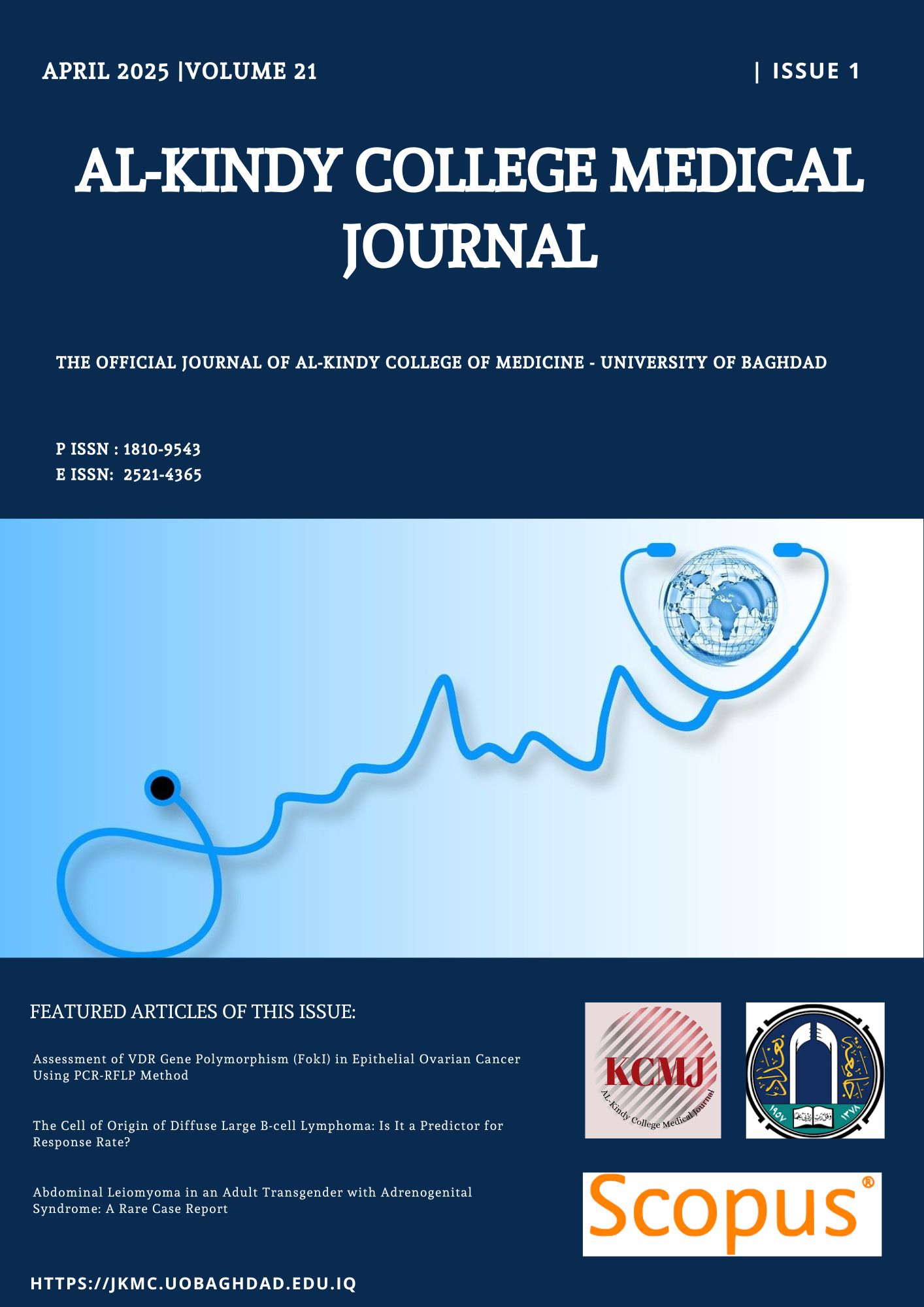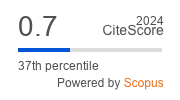The Cell of Origin of Diffuse Large B-cell Lymphoma: Is It a Predictor for Response Rate?
DOI:
https://doi.org/10.47723/7msrhg24Keywords:
Diffuse large B-cell lymphoma, Immunohistochemistry, Treatment response, Cell of origin, IPI scoreAbstract
Background: Diffuse large B-cell lymphomas not otherwise specified (DLBCL-NOS), is the most common lymphoma subtype, which is further divided into germinal center B-cell (GBC), activated B-cell (ABC), and unclassifiable. In Iraq, 1,010 deaths due to non-Hodgkin lymphoma were reported in 2020.
Aim of the study: This study aims to assess the role of cell of origin (COO) of diffuse large B-cell lymphoma as a predictor of response to frontline treatment.
Subjects and Methods: A cohort study was conducted on cases of Diffuse DLBCL-NOS at the Baghdad National Center of Hematology at Baghdad Teaching Hospital, Medical City, Bagdad from1st January 2021 to 1st September 2022. All cases received same treatment, and treatment response was assessed at interim and end of treatment using Lugano classification.
Results: The study included 134 cases of DLBCL-NOS, of which 18.7% were GCB and 81.3% were ABC type. GCB cases had higher rates of early-stage disease and lower International Prognostic Index risk than ABC cases. The rate of complete response was higher in GCB cases than ABC cases. Partial response or progressive disease were associated with ABC cases but on further analysis we found that the International Prognostic Index (IPI) score was the only predictor of complete response, and Lactate dehydrogenase level was the only predictor of overall survival. COO did not affect progression-free survival or overall survival.
Conclusions: COO had no effect on response to treatment and had no survival benefits while IPI score was found to be a good predicter of complete response and survival.
Downloads
Published
Issue
Section
License
Copyright (c) 2025 AL-Kindy College Medical Journal

This work is licensed under a Creative Commons Attribution 4.0 International License.














